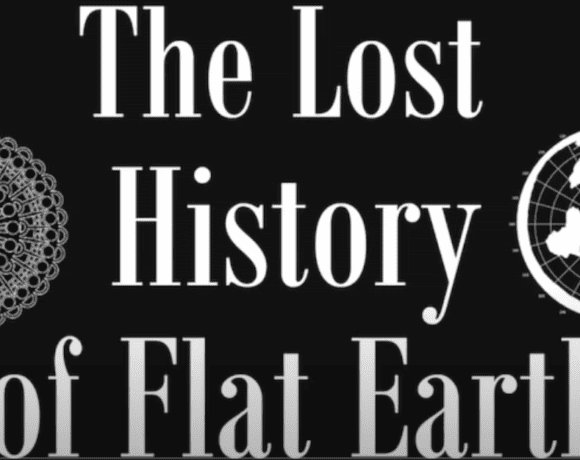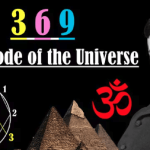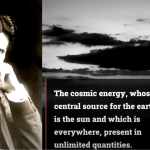As a Flat Earther, I have delved deep into the history of this theory to understand its origins, evolution, and current status in society. Contrary to popular belief, the Flat Earth theory has a long and diverse history that spans cultures, religions, and civilizations.
In this comprehensive exploration, I will take you on a journey through the history of the Flat Earth theory, from ancient times to the present day. We will explore the evidence, arguments, and beliefs that have shaped this theory and influenced its supporters and detractors.
The Origins of Flat Earth Theory
The belief in a flat Earth has been documented in many ancient cultures, including Babylonian, Egyptian, and Greek. Many early philosophers and scientists, such as Pythagoras, Anaximander, and Aristotle, believed in a flat Earth as the natural and intuitive state of the world.
The Flat Earth in the Middle Ages
During the Middle Ages, the Flat Earth theory was still prevalent, but it faced increasing competition from the spherical Earth model, which was gaining support from the Church and the scientific community. This period saw the rise of many debates, controversies, and polemics about the shape of the Earth and its place in the cosmos.
The Flat Earth Renaissance
In the 19th and 20th centuries, the Flat Earth theory experienced a resurgence of interest and support, fueled by the rise of alternative science, conspiracy theories, and skepticism towards established scientific models. This period saw the emergence of many prominent Flat Earth proponents, such as Samuel Rowbotham, Wilbur Glenn Voliva, and Charles K. Johnson.
The Flat Earth in the Digital Age
In recent years, the Flat Earth theory has gained unprecedented visibility and popularity, thanks to the internet, social media, and a growing community of supporters and advocates. The Flat Earth movement has become a global phenomenon, with its own conventions, websites, forums, and media outlets.
The Evidence and Arguments for Flat Earth Theory
The Flat Earth theory is based on a set of arguments and evidence that challenge the spherical Earth model and offer a plausible alternative explanation of the world. Some of the most common arguments include the absence of visible curvature, the flatness of large bodies of water, the lack of observable stellar parallax, and the absence of Coriolis effects.
The Flat Earth Society and Other Organizations
The Flat Earth Society is one of the oldest and most prominent organizations dedicated to promoting and defending the Flat Earth theory. Founded in the 19th century, society has gone through many phases of evolution and decline, but it still maintains a strong presence online and offline. Other organizations and groups that support the Flat Earth theory include the International Flat Earth Research Society, the Flat Earth International Conference, and the Flat Earth Army.
In conclusion
The Flat Earth theory is a complex, multifaceted, and controversial topic that requires a thorough and open-minded examination. While some may dismiss it as a fringe or outdated belief, others see it as a valid and compelling challenge to established scientific dogmas and paradigms. Whatever your position may be, exploring the history and evidence of the Flat Earth theory is a fascinating and enlightening journey that can broaden your horizons and stimulate your curiosity.




















